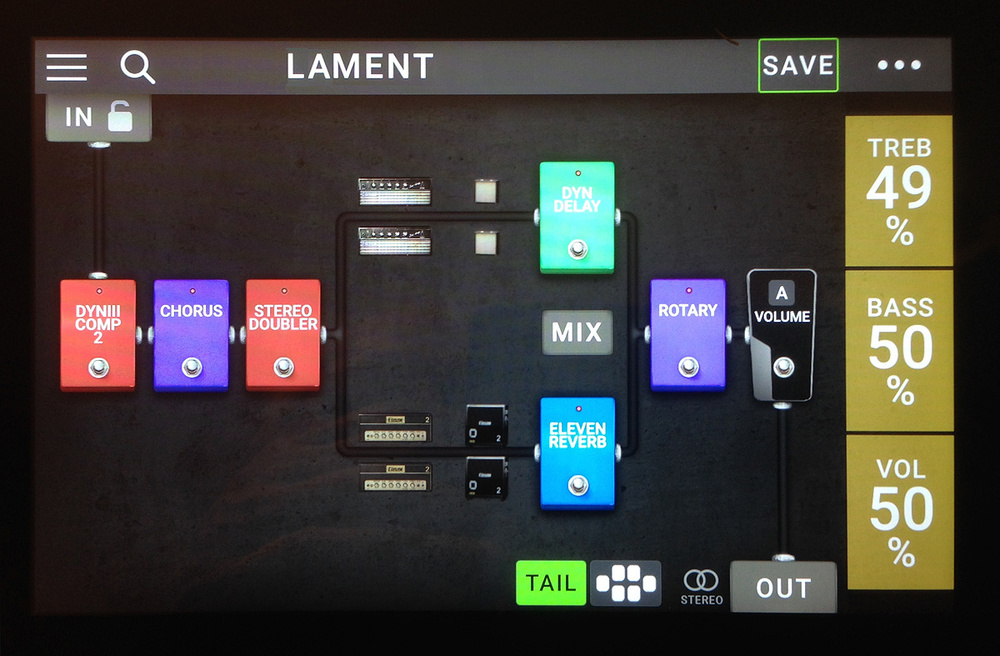

#PEDAL BOARD SPLIT SIGNAL PATH SERIAL#
The classic serial signal chain is the go-to when we first start using pedals (Image credit: Future) Dry tone bypassĪnother way to use these devices is as a dry tone bypass. Chorus is simply vibrato with dry signal blended in, so this makes for a fun way to design a modulation tone of your own. A more unconventional use is turning a vibrato pedal into a chorus pedal (opens in new tab). It’s also wonderful for more experimental pedals, such as stutter effects or sequencers, as they often kill your dry signal when used. This splits your high and low frequencies into parallel paths, letting you use distortion on just your high frequencies, while keeping your lows clear and punchy. If you’re using heavy dropped tunings or baritone guitars, you should consider using a parallel frequency splitter, such as the KMA Tyler (opens in new tab). It’s also great for bringing back string clarity when using supersaturated fuzz pedals. This trick is good for regaining dynamics and note transience on old compressor pedals with a really squishy attack. Some parallel loop pedals, such as the OBNE Signal Blender, have a dedicated clean channel, so you don’t have to ‘waste’ a loop on it. That way, you can use the blank loop as a clean send.

Just put the pedal that needs a clean blend in one loop and don’t put any pedals in the other loop. One of the easiest but most useful ways to use a parallel loop pedal is as a clean blend.


 0 kommentar(er)
0 kommentar(er)
